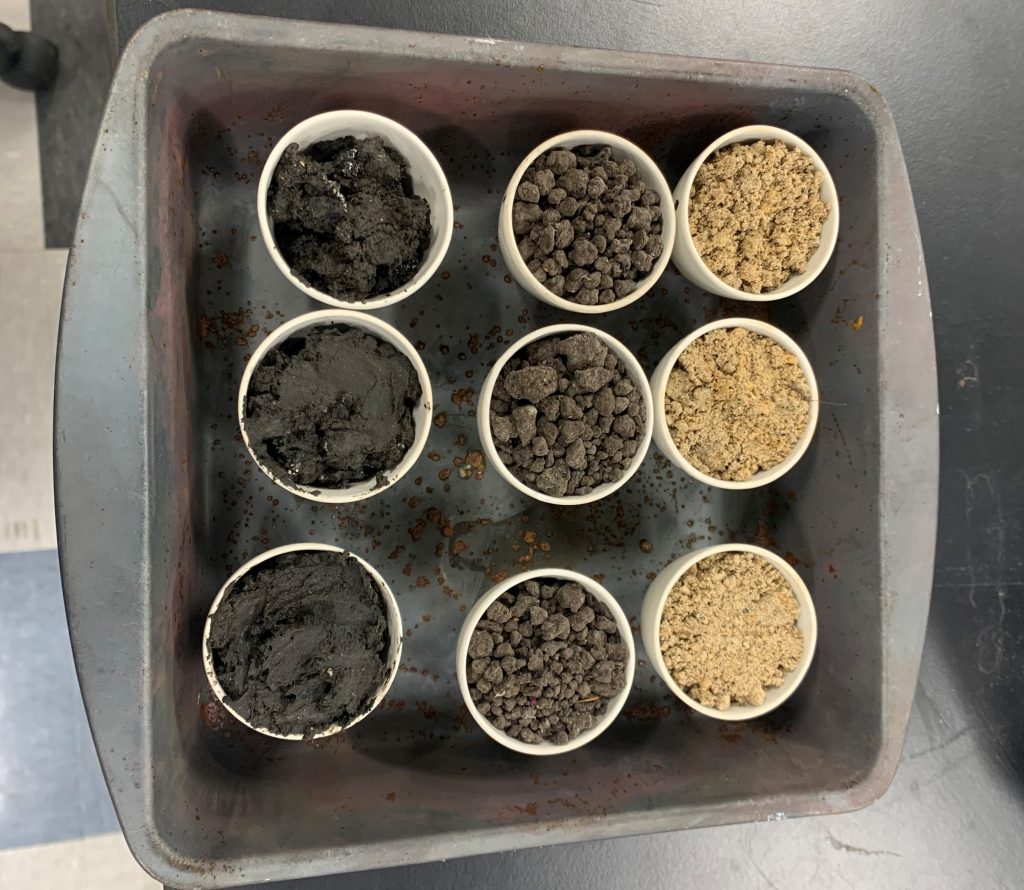This proposal describes research to investigate per- and polyfluorinated alkyl substance (PFAS) remediation wastes and residuals. The researchers will conduct a comprehensive literature review on the management of PFAS remediation wastes/residuals while performing experiments to address data gaps of PFAS mobility and destruction using widespread remediation practices (e.g., use of activated carbon, thermal treatment). Due to their chemical nature, PFAS is mobile and persistent in the environment and some can bioaccumulate in humans and animals. These chemicals have been extensively used for industrial applications such as fire-fighting foams and consumer products including waxes, paints, cleaning products, and food packaging. The ubiquitous nature of PFAS has prompted the United States Environmental Protection Agency (US EPA) and state agencies to develop standards to limit PFAS exposure and contamination. As a result of regulatory pressure, PFAS remediation is ongoing and projected to increase, and this will inevitably also produce PFAS-laden residues and wastes to be managed. While substantial work has been done with respect to PFAS remediation practices, the literature to date is sparse in addressing the management of these residuals/wastes. An investigation is warranted that 1) gathers and synthesizes the current body of science in regard to the wastes and residuals produced as a result of PFAS remediation and their long-term management and efforts in developing risk-based thresholds and 2) investigates these observed gaps in the literature through testing.

Progress reports
Tag Meetings
Kick off TAG meeting Recording: Click Here
Final TAG meeting Recording: Click Here
Presentation Slides:
HC Final TAG Presentation 5-27-2022
Project Scope
Final Report
This project is funded by the Hinkley Center for Solid and Hazardous Waste Management